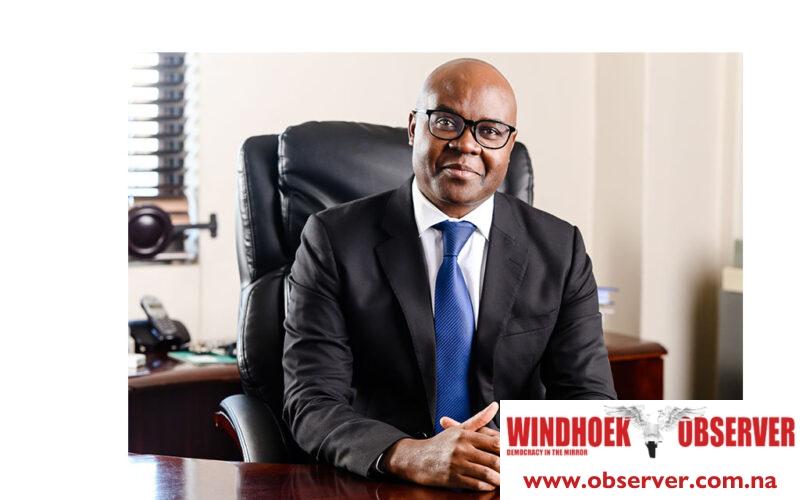CHAMWE KAIRA
There are no discussions at the moment for the Government Institutions Pension Fund (GIPF) to swap to swap some of its foreign assets for local assets as the case was in 2016.
CEO Martin Inkumbi said in an interview that there are no discussions on the fund swapping assets.
“At the moment there is nothing like that. There are no such discussions at this stage,” he said.
In 2016, the GIPF swapped foreign assets (investments) worth N$5 billion, and invested the money locally as part of a move by the government to increase foreign reserves.
Power utility NamPower also swapped about N$900 million in foreign investments for local assets.
The GIPF is the largest defined benefits pension fund and a pivotal investor in Namibia’s economy and has experienced remarkable growth, witnessing assets climb from N$117.5 billion in 2019 to N$151.8 billion by 31 March 2023. This represented over 89% of Namibia’s GDP.
Recently, Moody’s Investment Services said it expected the government to meet the upcoming Eurobond maturity without significantly drawing down the economy’s foreign reserves, including by partially refinancing the bond in international capital market by resorting to a debt-for-asset swap operation with the GIPF akin to the transaction performed with the US$500 million in November 2021 Eurobond maturity in the face of disrupted international capital markets.
The stock of international reserves stood higher at N$55,6 billion as at 31 May, up from N$54,3 billion on 31 March supported by higher SACU receipts.
According to Moody’s, government liquidity risk (GLR) is driven by comparatively large gross financing needs at about 20% of GDP annually, including a temporary jump to over 25% of GDP in fiscal 2025 reflecting the upcoming US$750 million (5% of GDP) Eurobond maturity on 29 November 2025. Namibia’s government liquidity risk is mitigated by the large domestic funding base, including the banking and non-bank financial sector comprising insurance companies and pension funds.
Namibia recently rated Namibia at B1 positive saying the positive outlook reflects Namibia’s improved growth prospects supported by the prospect of significant new hydrocarbon and renewable energy resource developments over the remainder of this decade that could prove transformational for the economy.
Namibia’s real GDP expanded by 4,2% in 2023 from 5,4% in 2022 and 3,6% in 2021. Looking forward, Moody’s expect real GDP growth to converge toward 3-3.5% compared to about 2.5% previously.
Namibia’s improved growth prospects over the rest of this decade reflect not only a strong cyclical recovery in the traditional mining sector and higher commodity prices in a post-pandemic environment, but also the rapid development of new industries, Moody’s said.




